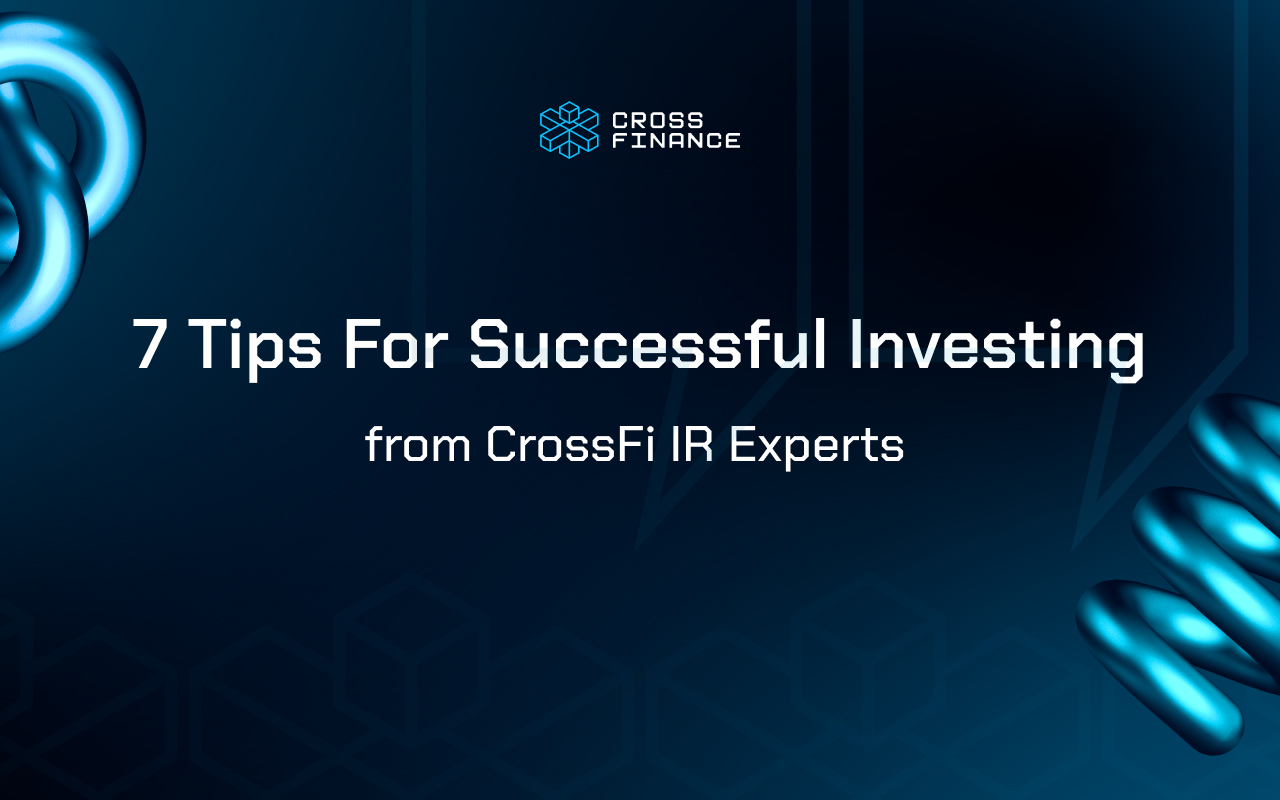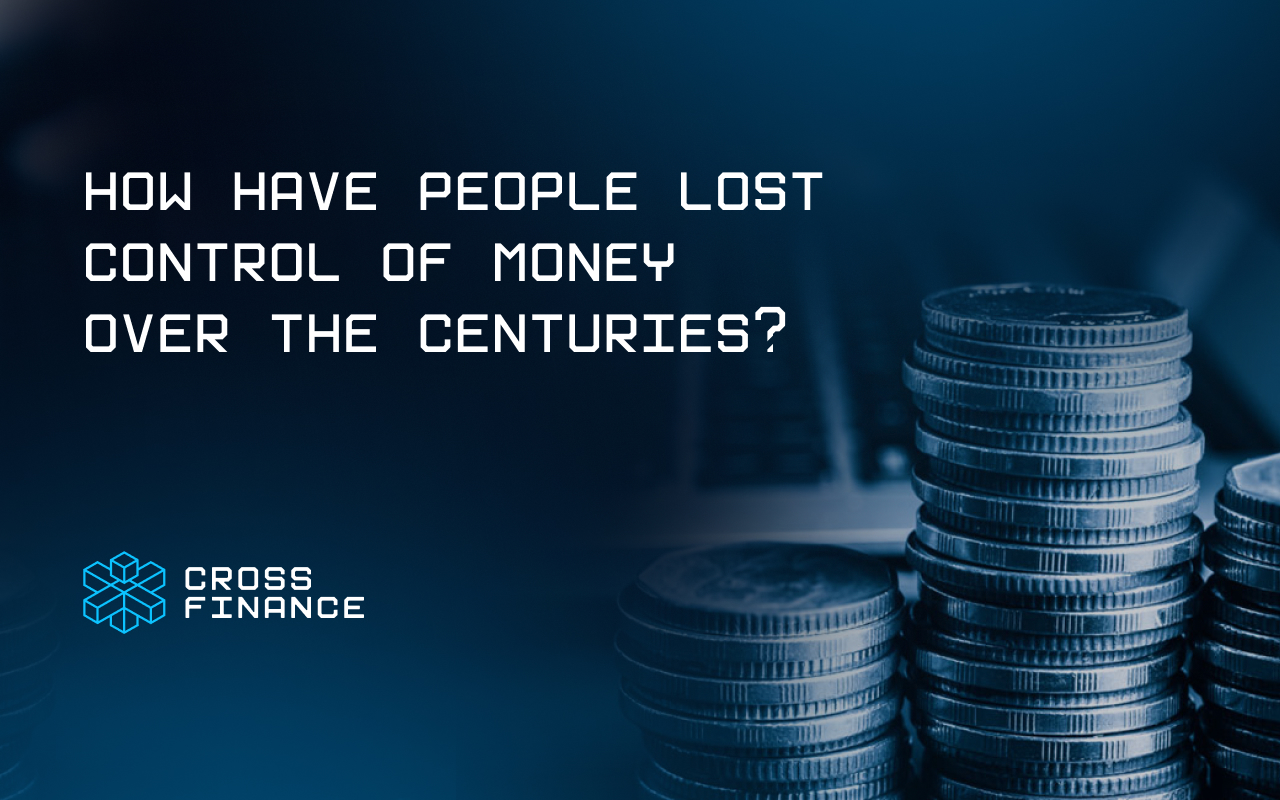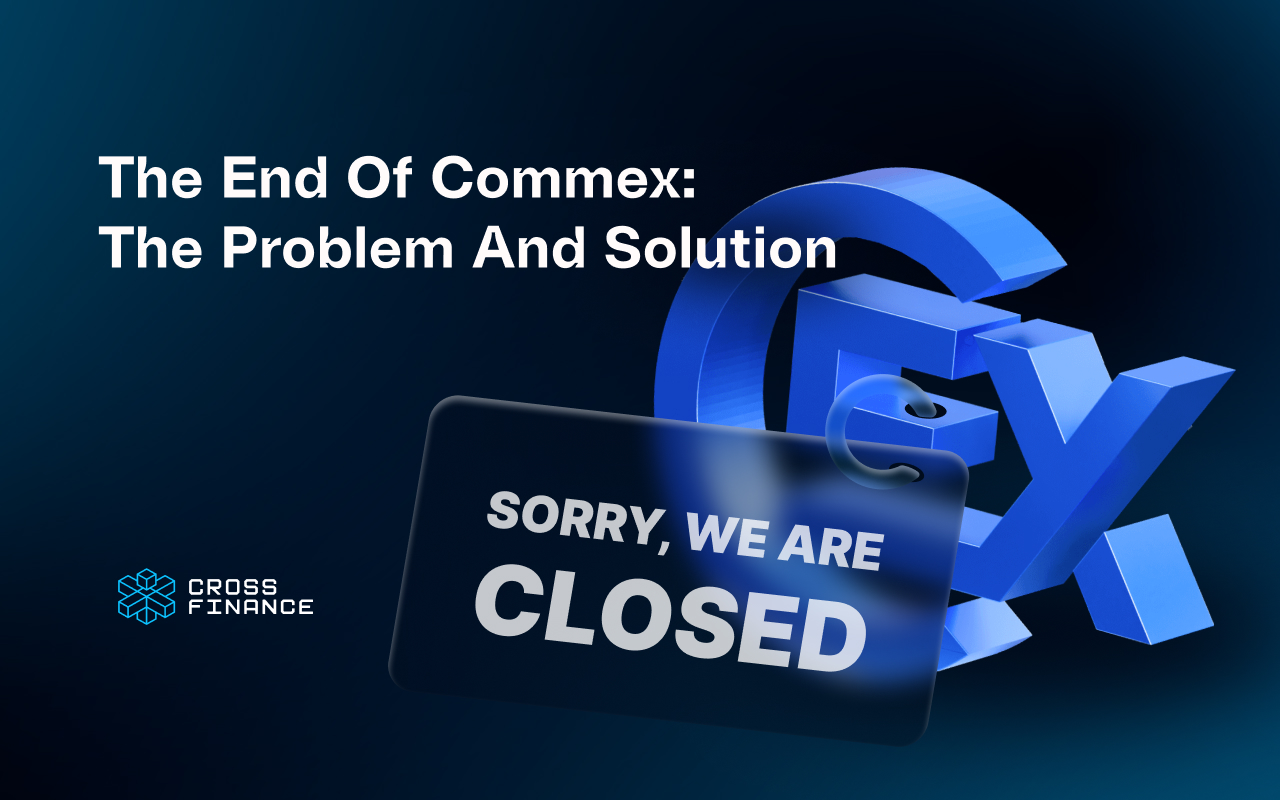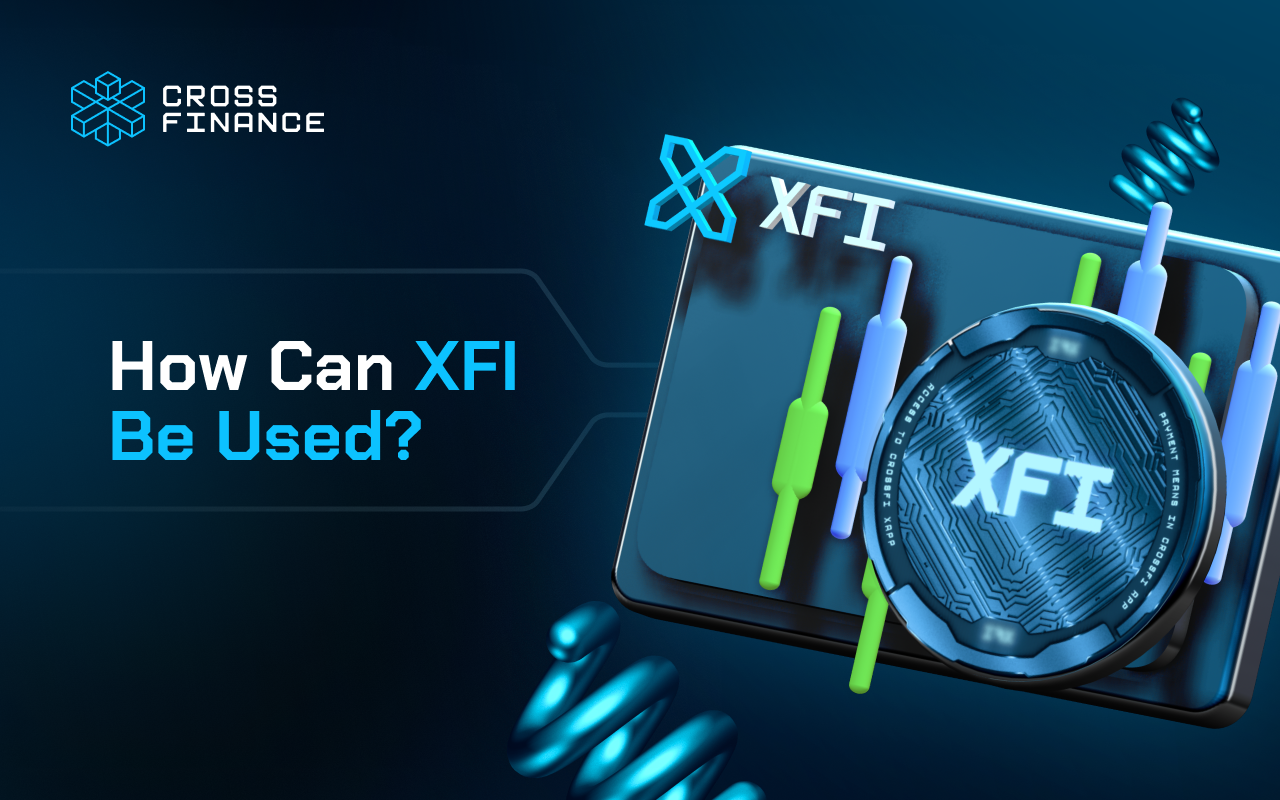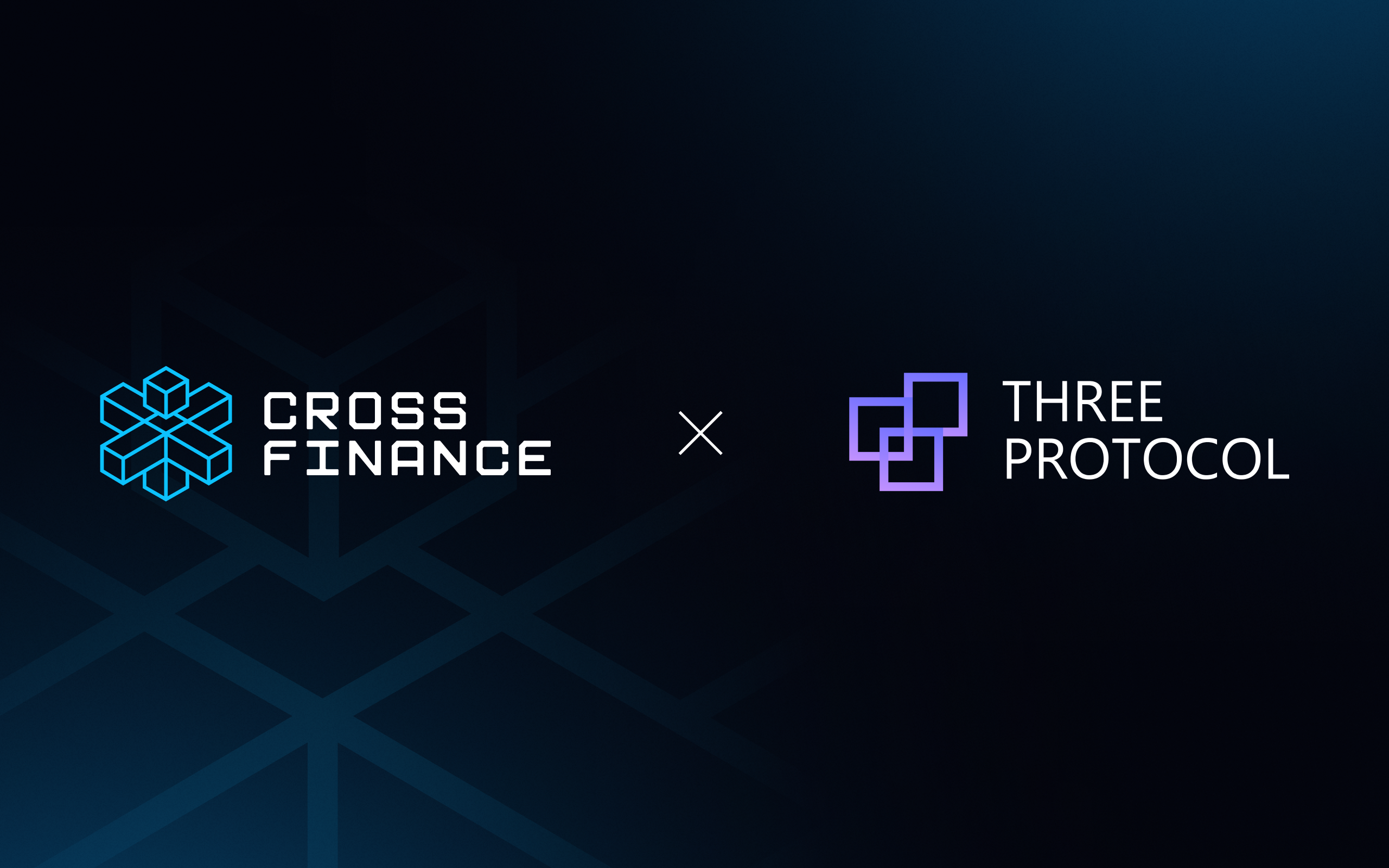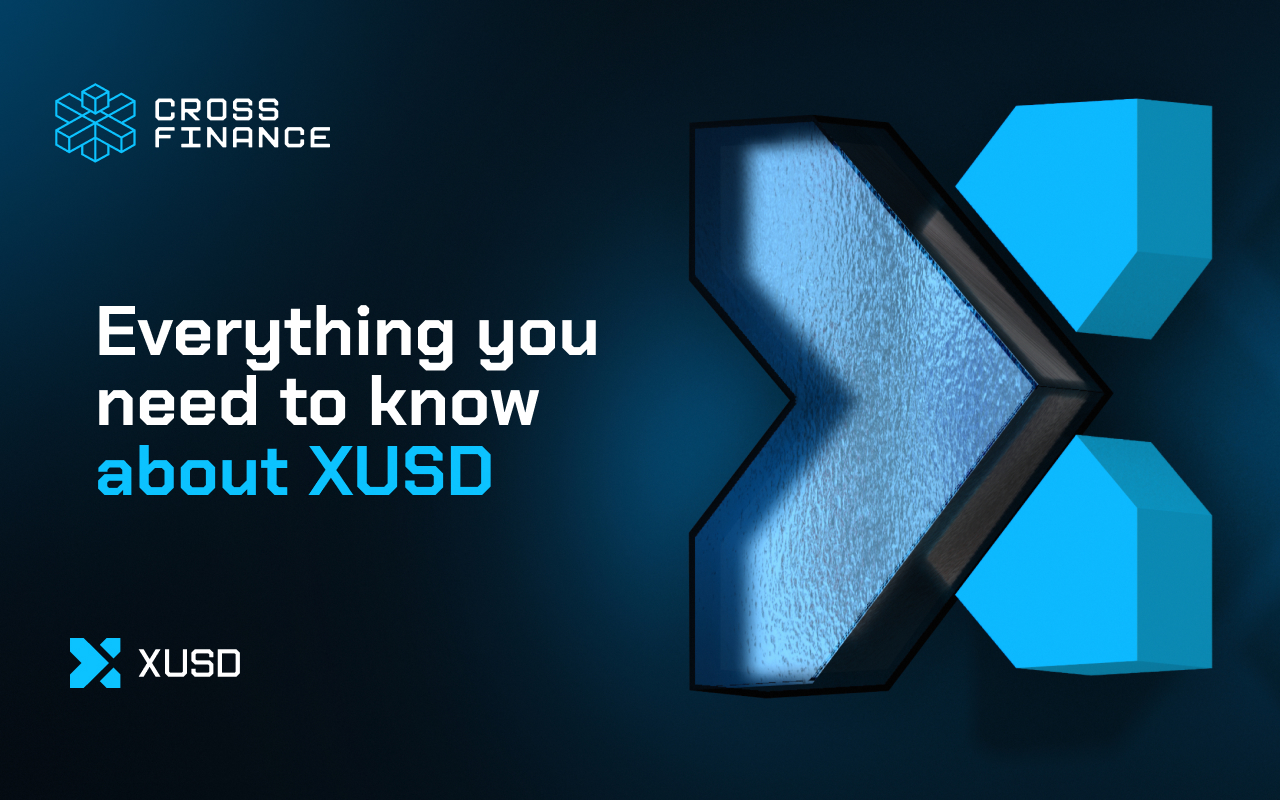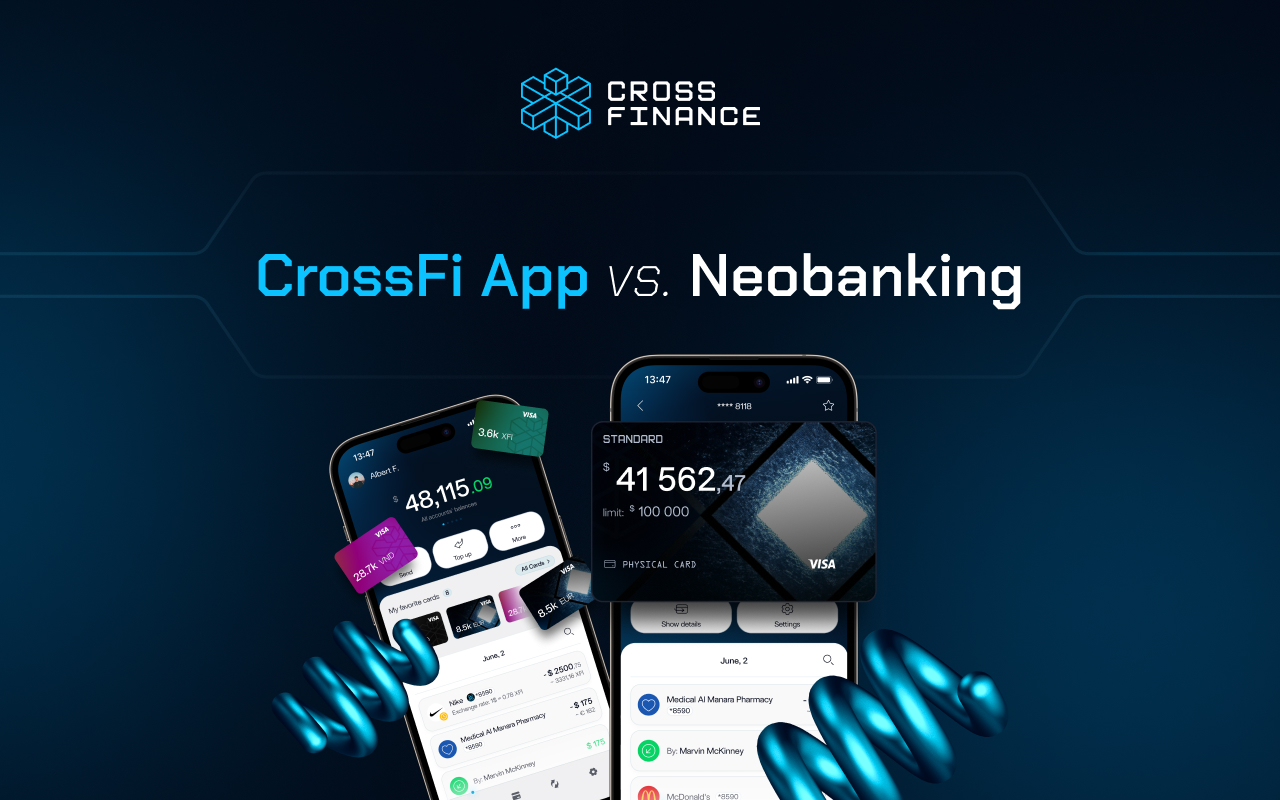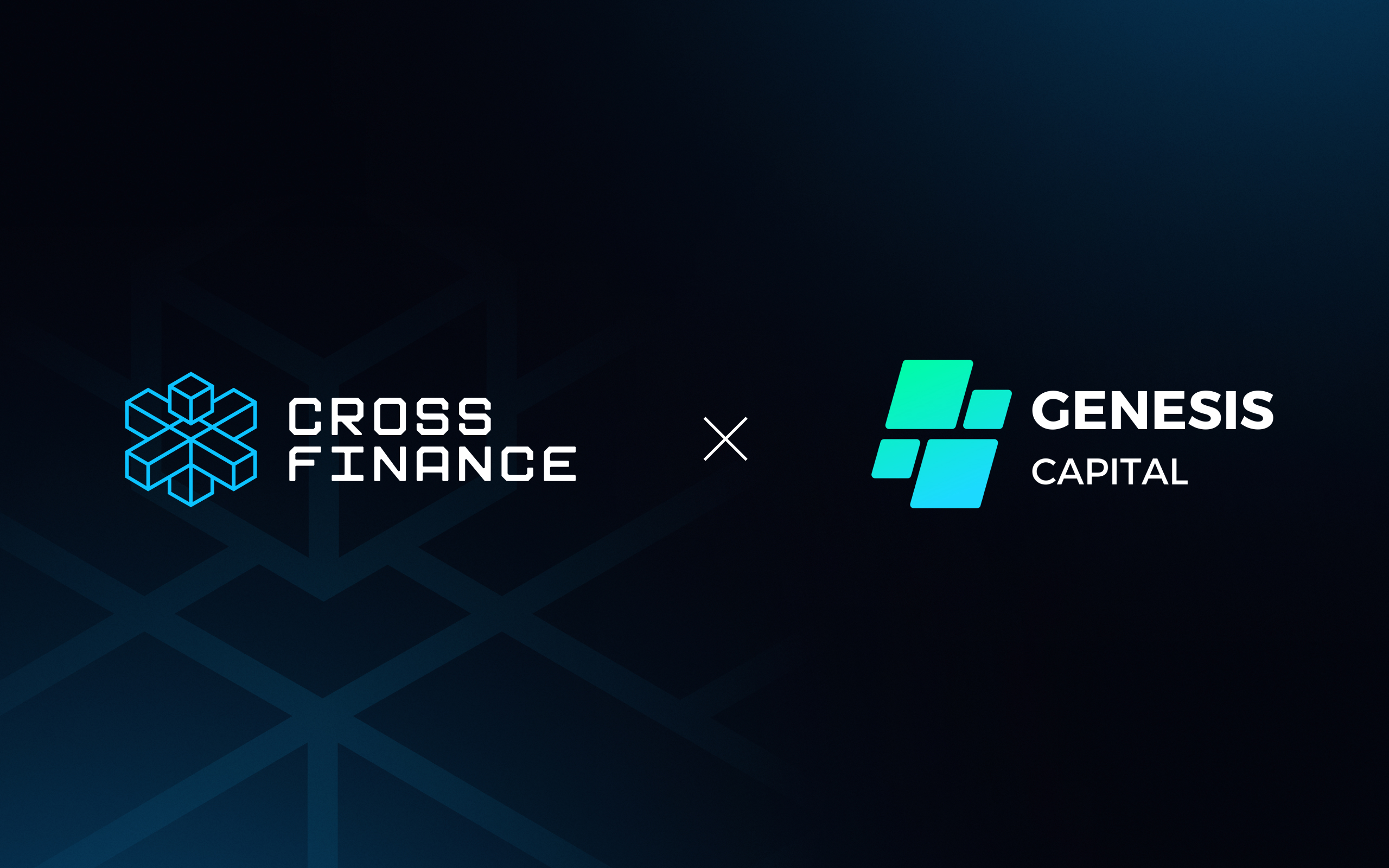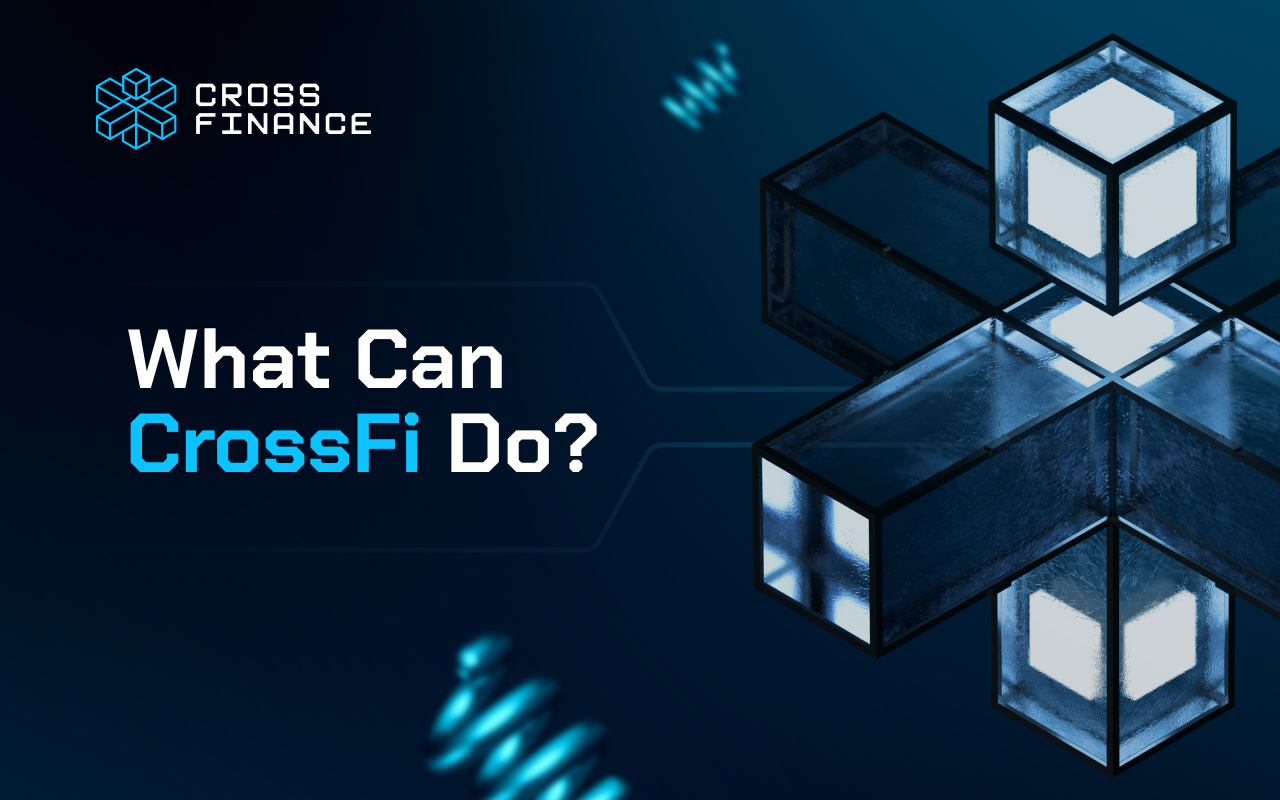VP of Marketing - Content

A battle has raged between monolithic and modular blockchain architecture to find out who is the best! Read our blog to find out who wins!
The Web3 industry is abuzz with discussion about new technologies making solutions faster, more efficient, and accessible to a bigger audience. To accomplish this, a significant milestone occurred when developers moved from building on Monolithic blockchains to Modular architecture for Blockchains. Who wins this battle?
Monolithic Blockchain
Monolithic blockchains are systems characterized by a centralized and tightly integrated architecture where all components, such as consensus mechanisms, smart contracts, and data storage, are bundled into a single unit. In a monolithic blockchain, there is typically minimal separation between different layers or functionalities, and all processes are managed within the same environment. This architecture is often simpler to implement and manage but may lack the flexibility and scalability of more modular blockchain designs.
Pros:
- Simplicity: Monolithic blockchains are typically easier to understand and manage due to their centralized structure.
- Efficiency: Since all components are tightly integrated, monolithic blockchains can sometimes offer higher performance and throughput for specific use cases.
- Security: With fewer moving parts, monolithic blockchains may be perceived as more secure against specific attacks.
Cons:
- Lack of Flexibility: Monolithic blockchains often lack the flexibility to adapt to changing needs or accommodate diverse applications.
- Scalability Issues: Scaling a monolithic blockchain can be challenging due to its integrated nature, potentially limiting its growth and adoption.
- Single Point of Failure: Monolithic blockchains’ centralized architecture can create a single point of failure, which, if compromised, can pose risks to the entire network.
Modular Blockchain
Modular blockchains refer to blockchain architectures designed with a modular and decentralized structure, allowing for the separation of various components and functionalities into distinct modules or layers. Each module performs a specific function within the blockchain network, such as consensus mechanisms, smart contracts, data storage, or governance. These modules can be developed independently, updated, or replaced without impacting other system parts significantly.
Modular blockchains offer greater flexibility, scalability, and interoperability than monolithic architectures. They allow developers to customize and optimize different blockchain components according to specific use cases or requirements. Modular blockchains facilitate easier integration with external systems and protocols, fostering innovation and ecosystem growth. However, designing and implementing modular blockchains may be more complex and require careful module coordination to ensure seamless operation and compatibility.
Pros:
- Flexibility: Modular blockchains allow for greater flexibility and customization, enabling developers to tailor solutions to specific requirements.
- Scalability: By separating components into modules, modular blockchains can scale more efficiently by adding or upgrading individual modules as needed.
- Resilience: These blockchains’ modular architecture enhances resilience by reducing the impact of failures in one module on the entire system.
Cons:
- Complexity: The modular nature of these blockchains can introduce complexity, requiring more effort to design, develop, and maintain.
- Integration Challenges: Integrating modules within a modular blockchain can be complex and require additional coordination and testing.
- Security Risks: The decentralized nature of modular blockchains can introduce new security risks, such as vulnerabilities in individual modules or communication channels between modules.

In conclusion, the Web3 industry is witnessing a transformative shift from monolithic to modular blockchain architectures, driven by the pursuit of faster, more efficient, and accessible solutions. Monolithic blockchains, characterized by centralized structures, offer simplicity and efficiency but lack flexibility and scalability. On the other hand, modular blockchains, which separate components into distinct modules, provide greater flexibility, scalability, and interoperability.
The clear winner in our books is modular blockchain architecture. The CrossFi L1 blockchain is also built on a modular architecture, giving it the speed, scale, interoperability, security, and ease of use needed to create the next generation of defi dApps in our ecosystem. The transition to modular blockchain architectures represents a significant milestone in the evolution of the Web3 industry, offering new possibilities for scalability, interoperability, and decentralization. With continued innovation and experimentation, the future holds promise for building more efficient, inclusive, and resilient solutions on the CrossFi chain.






